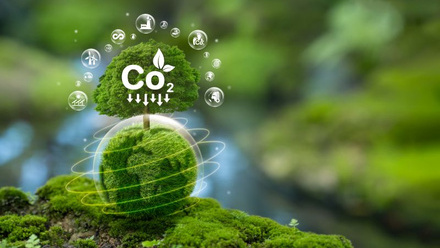Fruit peel can help in the mission to recycle spent batteries
Orange peel offers a fruity approach to recycle batteries. Idha Valeur uncovers the details.

With less than 10% of lithium ion batteries (LIBs) being recycled globally, there is scope for a new, sustainable technique to recover precious metals from these devices. A research team from Nanyang Technological University (NTU), Singapore, is making use of orange peel waste to extract these materials and create new batteries from old ones.
The two main ingredients used are fruit peel and citric acid. Madhavi Srinivasan, Co-Director of the NTU Singapore-CEA Alliance for Research in Circular Economy Lab, says, ‘Orange peel serves as a reductant to accelerate the dissolution of metals from the battery waste and citric acids provide a mild acidified atmosphere to aid the conversion of orange peel to reductants and meanwhile participate in the metal dissolution process.
‘The dissolved precious metals can be later recovered with a high purity by our in-house precipitation method. These metallic products are eventually re-used as cathode or anode to fabricate high-performance recycled LIBs.’
‘We believe that the cellulose found in orange peel, which is converted into sugars under heat during the extraction process…enhances the recovery of metals from battery waste. Naturally-occurring antioxidants found in orange peel, such as flavonoids and phenolic acids, could have contributed to this enhancement as well,’ says Dalton Tay, Assistant Professor at the University’s School of Materials Science & Engineering.
The researchers note that normal recycling methods require extreme heat, over 500°C, to smelt the valuable metals and that this process emits hazardous toxic gases.
The researchers claim that their new ‘waste-to-resource’ method offers a more environmentally friendly option and will help tackle both food and electronic waste – supporting a circular economy.
The Singapore team adds that they can recover elements such as lithium, nickel, aluminium and cobalt with more than 90% efficiency. Hopefully, this can reduce the amount of LIBs ending in landfills or being incinerated. With the demand for LIBs growing and the pile of used ones rising, a better approach is needed.
Orange peel made sense as there are ‘several fresh orange juice vending machines island wide, where oranges are freshly squeezed inside the vending machine and orange peels are left in the machine. Our idea came from, why not use this fruit waste, which is already sorted to demonstrate this concept,’ Srinivasan says.
In testing, the recovered materials show ‘promising charge-discharge capacity’. Further research is currently underway to optimise the charge-discharge cycling performance as well as the charging cycle. The team is scaling up the project as they believe fruit peel is indeed viable on a large scale.
Srinivasan says, ‘In the future, we will be trying to recycle waste batteries by using real-life fruit peel mixture instead of merely orange peel. We will also seek to further improve the battery performance by revising the metal recovery procedures. More importantly, we will conduct trials on the upscaling and design a streamline process in order to empower the current method to become applicable in real-life battery recycling industries.’








